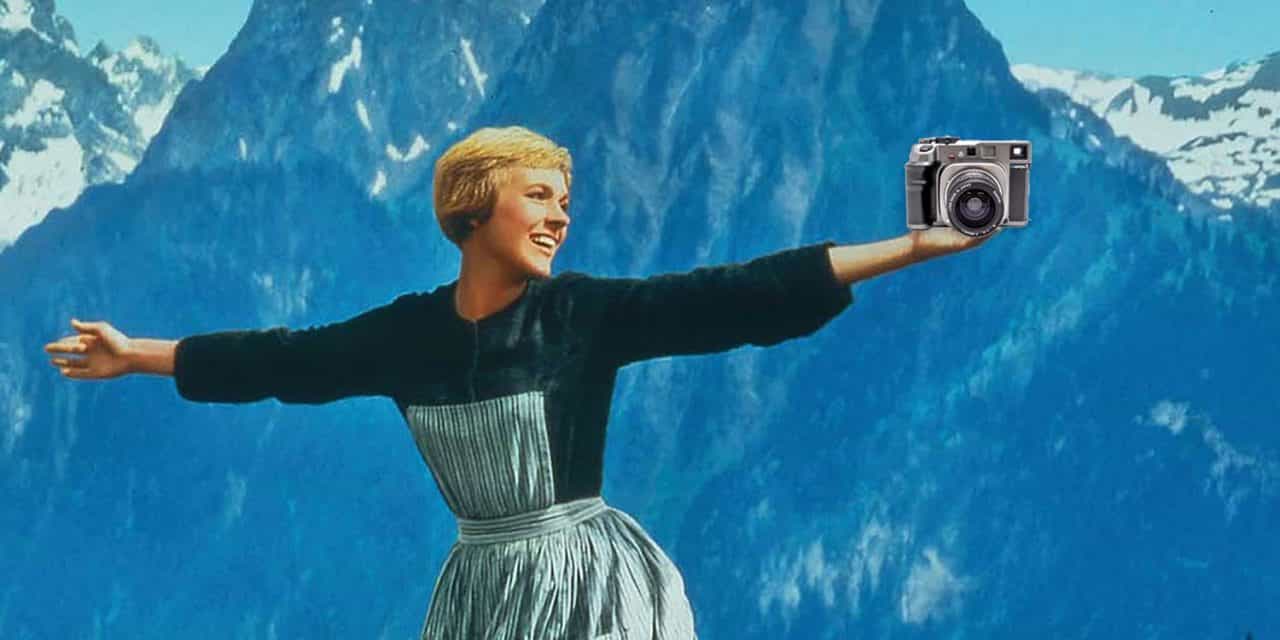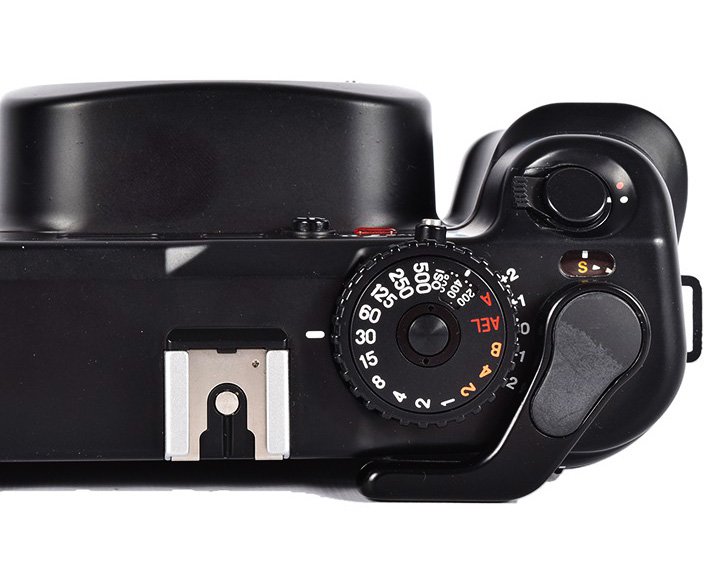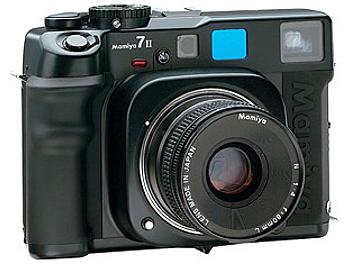


MAMIYA 7 II CAMERA PROFESSIONAL
Its no wonder this camera is admired and loved by many professional and amateur photographers, creating one of the camera worlds most dedicated cult followings. It’s so light I can carry it all day, unlike its heavier 6x7 cousins.

From personal experience: it's an all-around joy to use with an almost silent shutter.

Released in 1995 and discontinued almost two decades later in 2014, the Mamiya 7 is still ranked among the world’s best cameras ever produced. Extremely sharp and detailed, the quality of this camera can even surpass modern digital full-frame cameras. Unlike other formats and body and lens combinations, the resulting 6x7cm negatives always seem to just look real. What can I say? I was instantly hooked! The image quality this camera produces is out of this world. I have been using a Mamiya 7 / Mamiya 7ii since 2008 when a friend first introduced me to it. Best of all, it’s all packaged in a beautifully stream-lined lightweight range finder package that is simply perfect for travel and documentary photography. It’s a unique medium format camera that combines super sharp leaf shutter lenses (namely the 80mm f/4) and simple yet robust electronic controls that sync its shutter across all shutter speed ranges up to 1/500th. Electronic flash is synchronized with the shutter at all speeds for simple daylight fill-flash even at a shutter speed of 1/500.The Mamiya 7 is a legendary camera known by all serious film photographers around the world. Mamiya's original electronic lens shutter ensures accurate speed control with minimal lag time. The six interchangeable lenses provided for the Mamiya 7 not only enjoy the benefits of superior design, they also yield the highest quality of pictorial impact thanks to cutting-edge optical technologies and manufacturing technologies of unmatched precision. For just one example, lens groups can be positioned in near perfect opposition, doing away with almost all problems of spherical or chromatic aberration. Various other restraints on lens design are also removed, providing far more versatility in coming up with a lens composition that approaches ideal optical theory. Features included an easier-on-the-eyes bright frame viewfinder, multiple-exposure capability, and much more.Ī significant advantage of rangefinder camera design is the elimination of the mirror box and the resulting shorter flange focal distance which permits placing the rear lens element close to the film plane. The Mamiya 7 II packed all the features and functions of the original Mamiya 7 into a new design that enhanced both operation and portability. Its compact design made it the smallest, lightest camera in its class, bringing easy portability and 35mm handling convenience to the 6x7 format. Soon the Mamiya 7 was firmly established as the interchangeable lens 6x7 format rangefinder camera with outstanding The original Mamiya 7 set a new standard for medium format photography when it first hit the market in 1995.


 0 kommentar(er)
0 kommentar(er)
